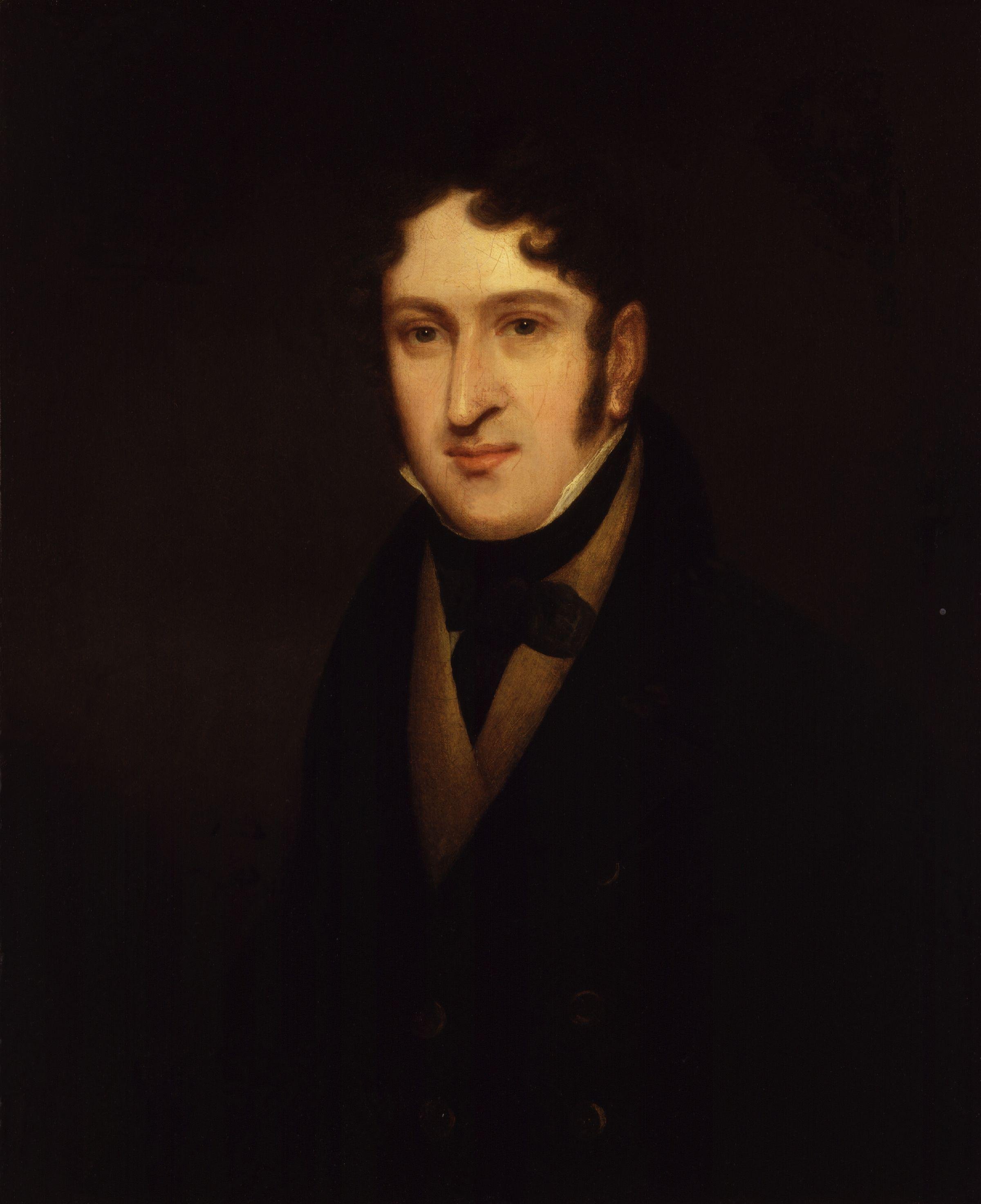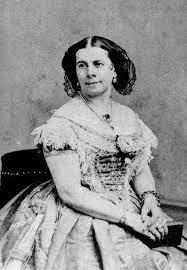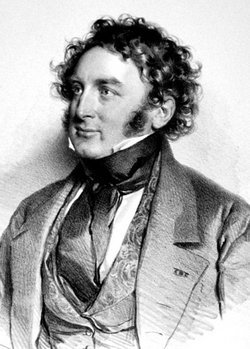Travels of Anna Bishop in Mexico
This week’s book reflection concentrates on something of an oddity. First, a little background must be offered.
The nineteenth-century Royal Academy of Music was not a stranger to scandal, from the resignation of the first principal, William Crotch, after he kissed a female student on the forehead, to the financial indifference of the 1870s that almost closed the place down. The biggest notoriety, however, must go to the triangle of Anna Bishop, Henry Bishop and Nicholas Bochsa, whose story is well-known and can be found elsewhere on the internet. Briefly, though, soprano Anna Rivière married her 23-year senior teacher Henry Bishop in 1831, staying with him for seven years and three children before running off with the Academy’s harp teacher, Nicholas Bochsa. They stayed together until Bochsa’s death in 1856, touring the world to great adulation, made possible by the press’s stout ignoring of their private life – Anna remained Anna Bishop, wife of RAM professor Henry Bishop, until Henry’s death in 1855. After the first flurry of reports on this, one of the greatest scandals of the day, Bishop and Bochsa left on a world tour that would stay the pens of British journalists. It was the first of many such tours that would in effect restore the musical reputations of the pair to such a degree that their unforgivable actions would eventually be forgotten. Certainly it is clear that Bishop’s strength and talent must have been phenomenal. How many musicians would be in a shipwreck from which they had to flee on a lifeboat to an unpopulated island, remaining there for several weeks before being rescued, then as soon as making landfall in Guam, take barely enough time for a deep breath before resuming their world tour?
That’s a rather breathless and reductive description of Anna Bishop’s life, but it isn’t by any means the first. This month’s book is an 1849 account of one particular tour to Mexico. The author remains anonymous, and even by nineteenth-century potboiler standards, deals in a luridly purple prose that can be both ludicrous and embarrassing in equal measure. Unfortunately, this does nothing to hide the writer’s contempt of anything non-British, non-Protestant, non-male.
Why, then, have I chosen to present a book so crude in its bigotry?
This book demonstrates a hierarchy that can still be seen in some mainstream music-making today. Here, that hierarchy is overt; today it is often more subtle, so more easily overlooked, but it is still there. For the author of the 1849 publication, Mexicans, the non-Europeans, inhabit the bottom of this hierarchy, with contempt and double standards being completely overt. He uses his story as an excuse for a travelogue, with vast tracts given over to his amateur psychoanalysis of the “native” psyche. The music, too, suffers from an assumption of a simplicity in the folk music that can be easily dismissed; here is the idea of a music that speaks directly to a physical and sensory response and is thus entirely opposed to Hanslick’s hegemonic notion of the critical listener, or Aaron Copland’s gifted listener.
Bochsa is next in this hierarchy, being both foreign and a harpist. He does not come off well from the outset, being labelled “eccentric” and “portly” within the first two pages. It is notable that boys were not offered harp lessons in the early decades of the Academy, Bochsa being there to teach the girls, who had a quite different schedule to keep. Bochsa, of course, could get away with playing this most feminine of instruments, as he was French, and thus seen as being removed from the British sense of masculinity. There is also more than a faint whiff throughout much of the concurrent literature of the idea that this foreigner had “stolen” a fair English maid against her will – in this book, on the whole, he is referred to as Bishop’s teacher, rather than her lover, despite the relationship being of a ten-year duration by this time. (Anna and Henry Bishop never divorced, and when Anna remarried after the deaths of both Bochsa and Henry, this allowed much of the press to write Bochsa out of her history entirely.)
Anna Bishop appears to occupy the top of the hierarchy here, with her purity of being and of sound, her demure aspect, but even in the apparently unadulterated praise of her many feminine and (secondly) musical qualities, there is an underlying contempt for her womanhood. Her intelligence is laughingly dismissed, her love of clothes highlighted as an amusing difficulty for the travelling party – if only they did not have to deal with Madame Bishop’s enormous pile of luggage! Only through highlighting her ascribed femininity – which must include these little foibles of the female mind – do her actions as a touring musician and as a Victorian woman become acceptable. Yet few other singers were as sought after, or had such a range of opera roles. Her grasp of languages was apparently second to none, while her curiosity about and facility in learning new repertoire meant that she could take on contracts at short notice. One full chapter of the book is dedicated to her desire to learn a song in Mexican, from her search for the right piece, through her coaching, to her purchase of national costume to lend veracity to her performance.
Alongside this hierarchy of people, there is a musical one emerging, one that underpins what would become concert life as we might recognise it, at least throughout the late 20th century. We can see the divide between public and private swinging in favour of public taking pole position. When an opera rehearsal is breached by the paying public, who feel that they have the right of entry, Bochsa is said to be outraged. This is a private matter, unlike in the salons of the continent he has left, and doors should remain locked. European concert etiquette is being imposed, thereby beginning to conflate the music itself with its manner of performance – the same language is employed as in Europe, and assumptions of who an audience is (is allowed to be), and how they must behave, as well as the performers, is inherent in these turns of phrase. If dilettantes turn up to a soirèe in which the piano is standing in for orchestras as it did in so many nineteenth-century European drawing rooms, or crowds attend Norma and sing along with familiar melodies, we know immediately who, and what, is being evoked.
The book is not all in this vein. In between these diatribes, there are some wonderful descriptions of music-making, of scenery passed through, of experiences ranging from travels in various types of vehicle to visiting shops and cock-pits. The concluding cholera epidemic strikes a modern chord. It’s also interesting to remember how last-minute many performances were, and how caught up in the administration therefore the performers had to be – both Bishop and Bochsa negotiated with theatres, local orchestral musicians, costumiers and more, especially if audience demand offered the opportunity for extra engagements. And in between the stilted lines of narrative, one can gain a sense of what made Bishop so popular and long-lasting in her career:
“[S]he sang several little extra morceaux, … making in all about fifteen pieces that evening, though, so remarkable is her ease of execution, the last note came forth as clear and effortless as the first. The secret of this faculty, in fact, lies in her studiously avoiding that unpleasant defect in other prime donne – that of sudden screams on high notes (which are not only harsh, but abuse the vocal powers and fatigue them to no purpose), leaving the other notes to scramble for themselves and get out of the scrape as they can.”




